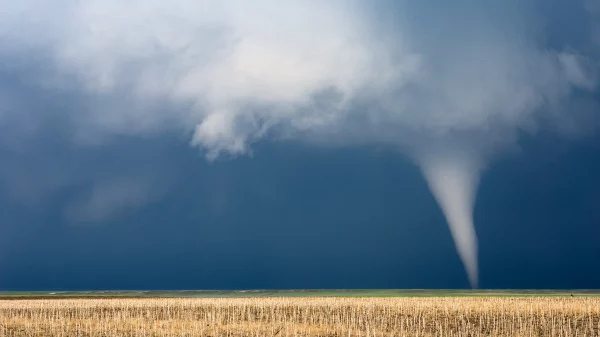Long-term New England residents are far more accustomed to bracing for northeasters than contending with hurricane-force winds.

During Hurricane Lee on Saturday, high waves crashed close to the shore on Cape Neddick in York, Maine, near the Nubble Lighthouse. (Source: USA Today)
New England Coast Residents Expect Hurricane Lee as a Hazardous Storm
Hurricane Lee which was once a Category 5 hurricane that churned in the Atlantic along the New England coast, served as a warning that severe storms can still pose a hazard, even in these comparably cool Northern waters. And the threat may be growing. Storms that make their way north along the Atlantic coast tend to diminish. Cooler ocean temperatures, drier air, and stronger winds are insufficient to support storms. While water temperatures in the Northeast have been higher than typical, they are still nothing near the bathtub-like levels in the South. Hurricanes require warm water to generate energy.
Nonetheless, other research predicts that as climate change progresses, circumstances in the region may become more favorable to greater hurricane winds. Although it is unclear how climate change may affect tropical cyclones, many scientists agree that rainfall is increasing in storms and that storms are having a greater impact when they reach landfall as sea levels rise. Several studies also indicate that as the world warms, storm activity and the potential for higher winds will certainly increase northward.
Tropical cyclones are most common at lower latitudes when warm ocean water acts as fuel for the storm. It’s also a place where powerful jet streams are less likely to shear off the tops of clouds, allowing hurricanes to assemble their engines. However, a 2021 study done by Yale University scientists discovered that a warmer globe may cause storms to spin farther north than they used to, hurting places such as New York and Boston. That report was published shortly after Hurricane Henri, which was downgraded to a tropical storm before making landfall in Rhode Island, flooded the Northeast with powerful winds and record-breaking rainfall.
According to Kerry Emanuel, a meteorologist and climate scientist at the Massachusetts Institute of Technology, researchers recently evaluated hurricane hazards on the Maine coast and determined that those risks will increase. Hurricane-force winds, which had a one-in-500-year chance late last century, will grow to around one in 135 years by late this century, according to Emanuel, a Maine native who witnessed Lee firsthand on Saturday morning. The study discovered significant potential increases in hurricane rainfall, but with greater uncertainty surrounding those forecasts.
READ ALSO: Expert Says: Hurricane Lee is Not a Manmade Hurricane
What Effect is Climate Change Having on Water Temperatures in New England Coast?
According to NOAA, the northeastern continental shelf has warmed faster than any other section of the United States. The Gulf of Maine, in particular, is warming faster than most other bodies of water. According to the Gulf of Maine Research Institute, the last two years were the warmest on record, with a rise of.86 degrees per decade, three times the global oceans. Last year’s average temperature was 53.66 degrees, which was more than 3.7 degrees higher than the 40-year normal.
Global ocean temperatures are rising on average, and 2018 has been a record-breaking year. Scientists are attempting to separate all of the factors that could be contributing to this year’s sharp increases, including continued warming from greenhouse gas emissions and a spike in water vapor in the upper level of the atmosphere from last year’s Hunga Tonga-Hunga Ha’apai volcano eruption. Warmer water is important in storms because it increases moisture in the sky, allowing for larger rain rates and a higher risk of floods. Warmer seas can give more fuel for hurricanes and tropical storms, which can aid in their ability to sustain tropical features as they migrate northward in the Atlantic. Warmer ocean temperatures contribute to sea level rise as well. Warmer oceans, along with other climate-related changes, are altering ecosystems and marine life, according to NOAA.
READ ALSO: Hurricane Lee Travels Across the Atlantic Ocean Reaching New England Coast

















































